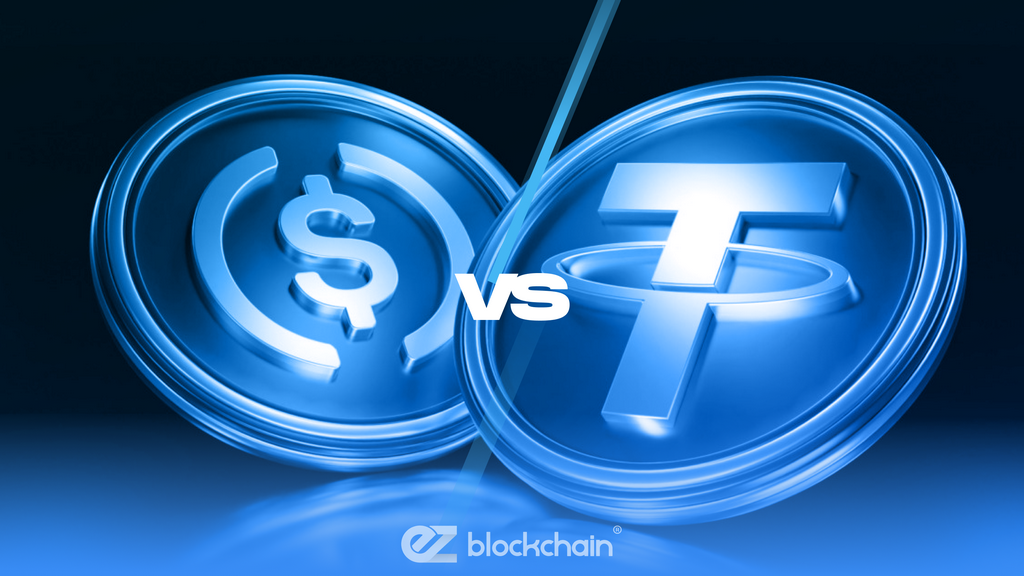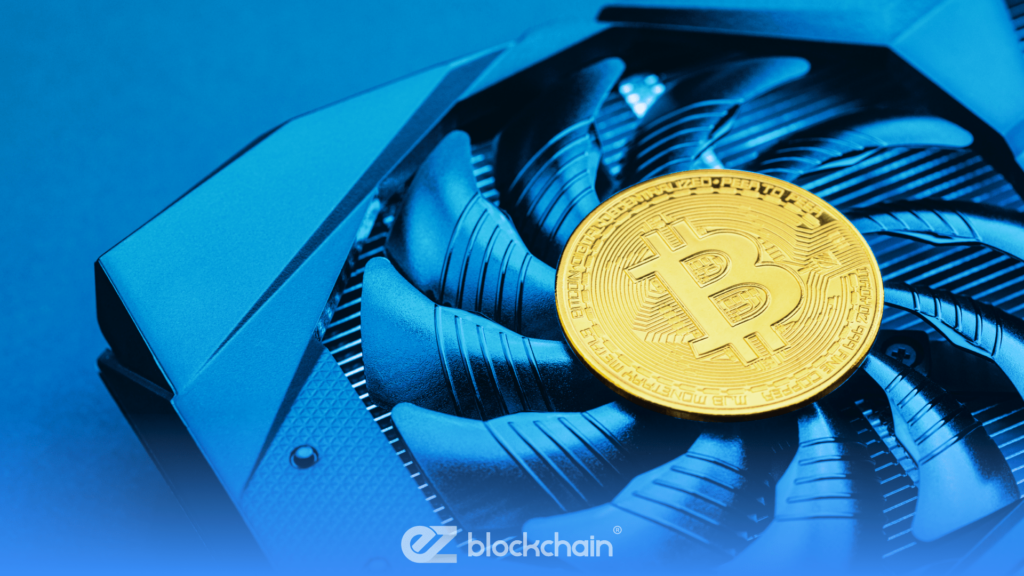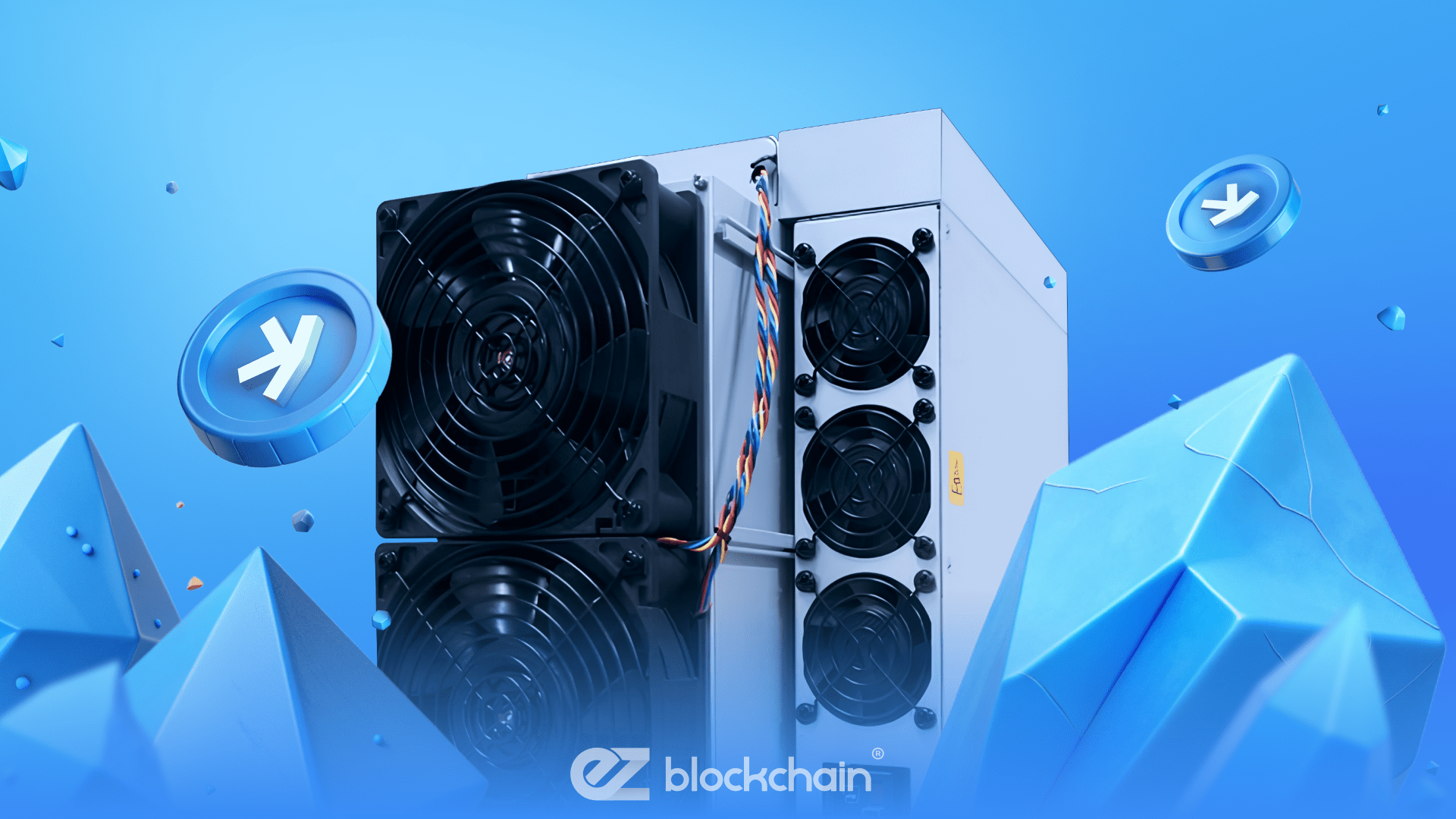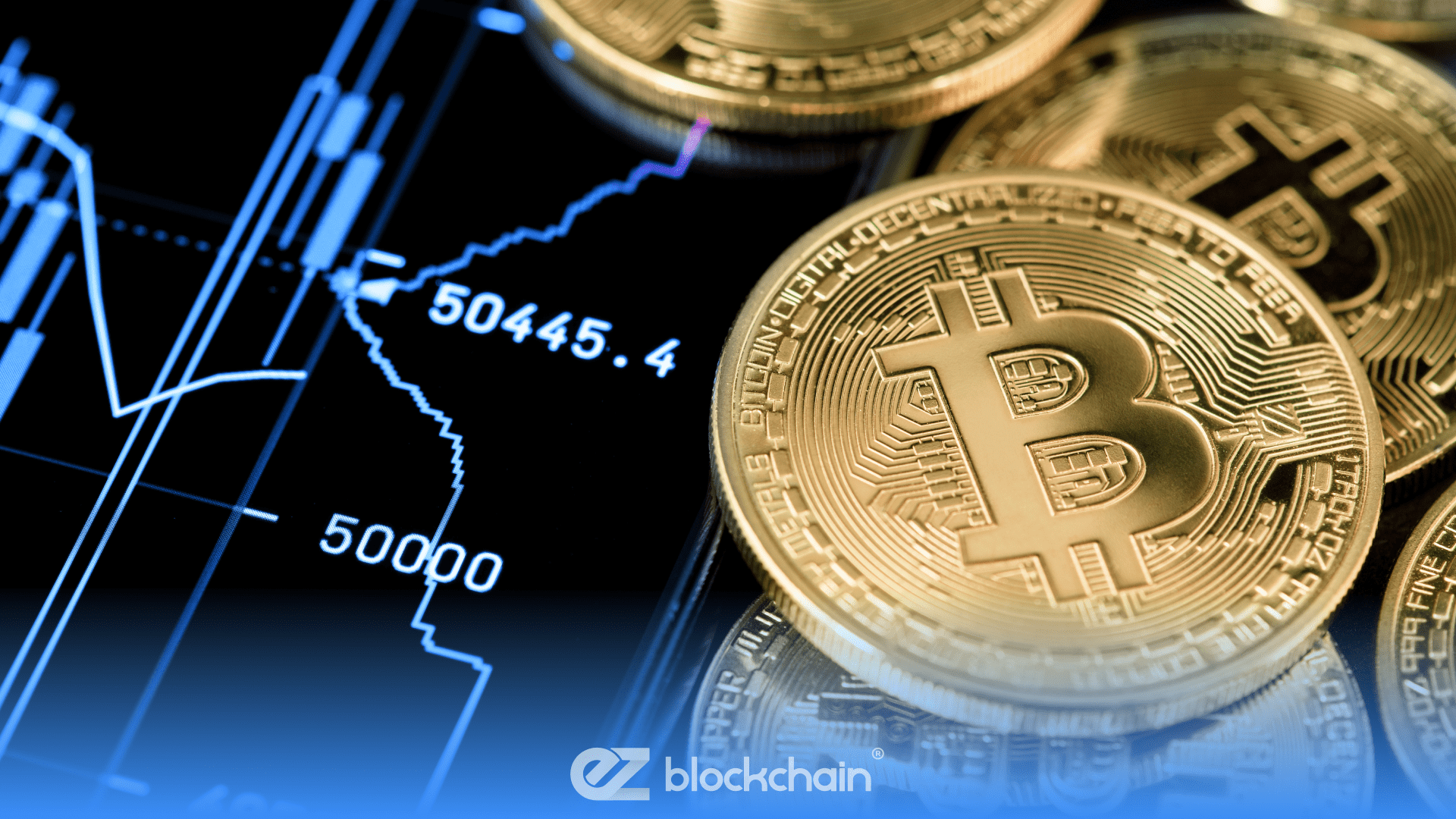Stay up to date with the latest news, announcements, and articles.
Crypto Mining Blog
All Posts

USDC vs USDT: Choosing the Best Stablecoin
Crypto-mining In the realm of digital finance, the comparison “USD Coin (USDC) vs Tether (USDT)” is far more than a mere coin‑ticker debate. It represents a deeper divergence in design philosophy, regulatory alignment, reserve transparency, and risk profile. [...]

Crypto Bubbles Explained: Are We in One Now?
Crypto-mining The concept of a “bubble” has long haunted financial markets: a rapid escalation in asset price, followed by a sharp contraction. In the realm of digital assets, the possibility of a “crypto bubble” or “bubble crypto” (and yes, the term � [...]

Top AI Trading Bots
Crypto-mining In the rapidly evolving cryptocurrency market, AI trading bot solutions—or more broadly, AI bots for trading—have become indispensable tools for both retail and institutional participants. These automated trading bots, powered by machine learning [...]

7 Best Kaspa Miners to Watch
Crypto-mining Kaspa has emerged as one of the fastest-growing cryptocurrencies in the blockchain ecosystem, offering ultra-low latency transactions, high security, and strong scalability. Its DAG-based protocol makes it an attractive option for miners seeking a ba [...]

ASIC Lifespan: How Long Will It Last?
Crypto-mining ASICs are a new hardware standard in the now very active niche of cryptocurrency mining. They are hash-optimized devices designed for focused, convenient crypto mining. But most importantly, ASICs have enabled the era of solo mining, where you can si [...]



How to choose bitcoin mining equipment 2025
With Bitcoin mining margins at historic lows, is the Antminer S19 generation dead? Upgrading your bitcoin mining equipment is crucial for staying profitable, but what are the latest trends and model releases in ASIC technology? Explore how new innova [...]



Can Kaspa mining make you $680 / mo with KS-5?
Is Bitcoin mining truly dead? Enter Bitmain’s Kaspa Miner KS5 – you can still earn around $22 or more in Bitcoin daily. The process involves a lot of important factors that influence success. Let’s dive into the details to explore how to mine w [...]



List of Top Crypto Mining Companies in the US
Bitcoin mining companies are part of a lucrative industry, with over $1 billion in revenue generated monthly. Investors looking to capitalize on this growth have several options, from using the services of hosting companies to investing in bitcoin mi [...]



Is GPU Mining Still Profitable?
In the months after the 2024 halving, ASIC bitcoin miners experienced historic low margins. the popular S19j Pro became unprofitable when mining with an electricity cost of $0.06 kWh or more. Whether mining Bitcoin using ASICs or mining other crypto [...]
&videos